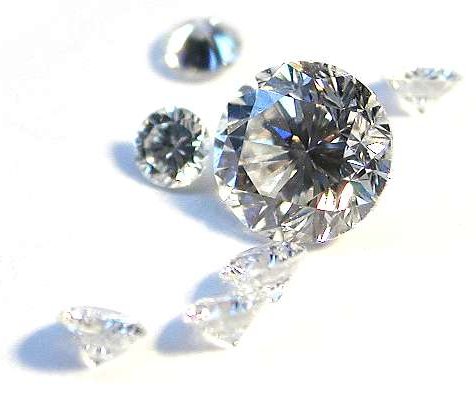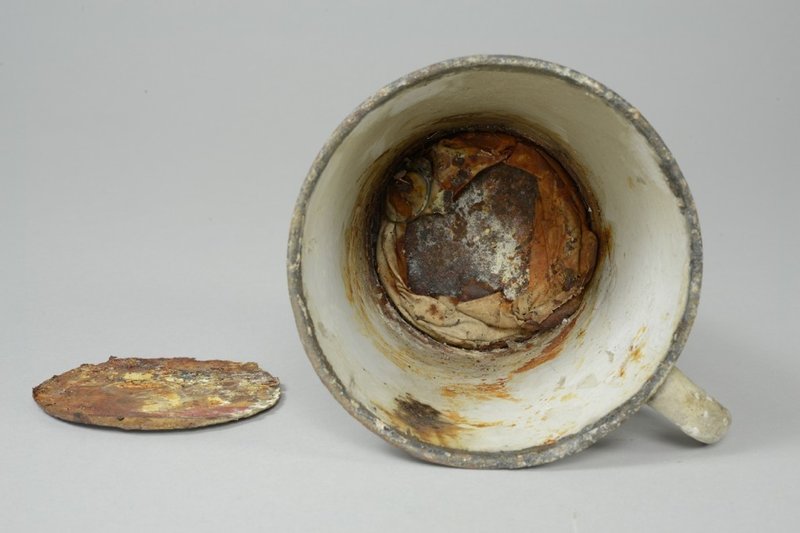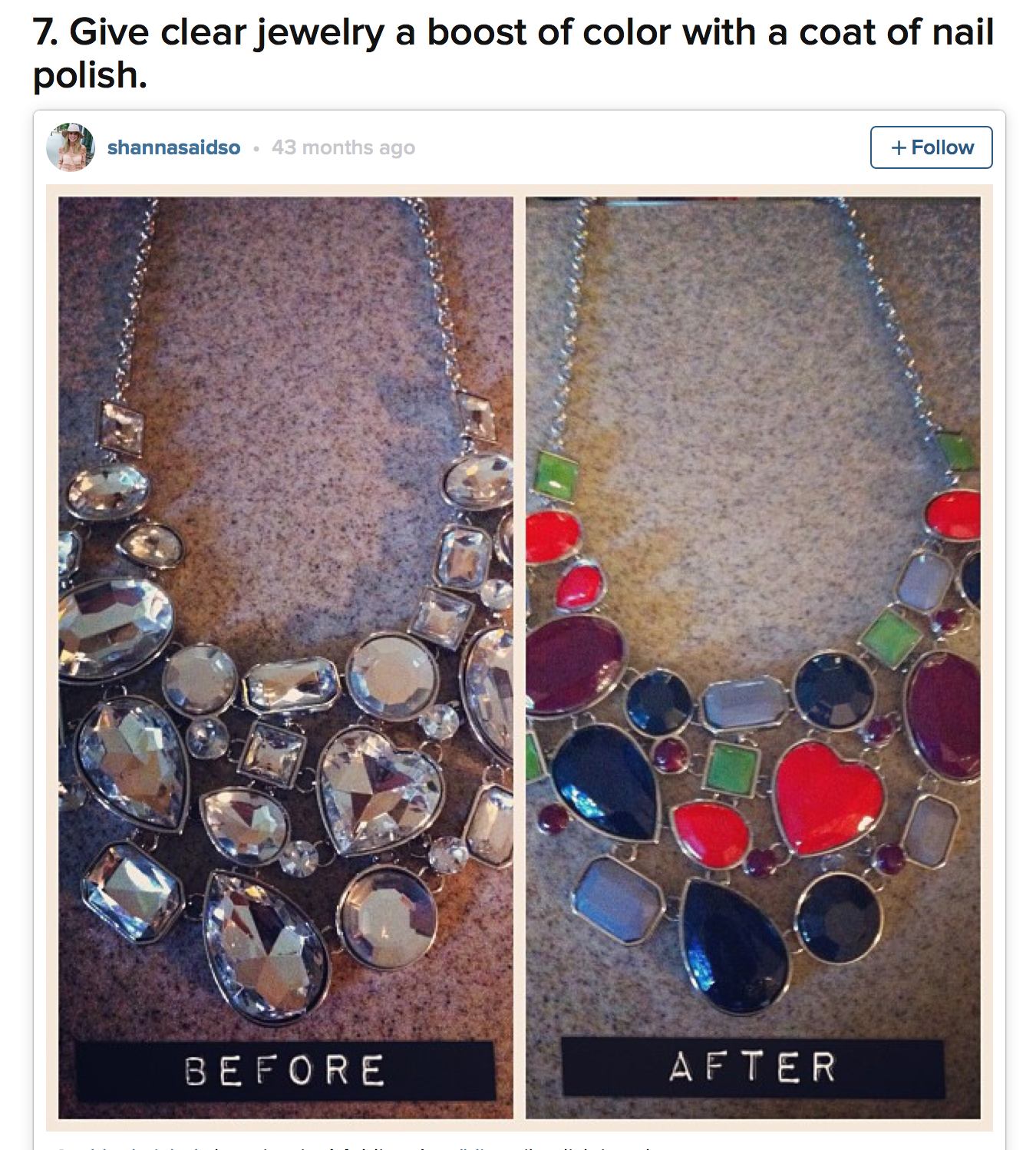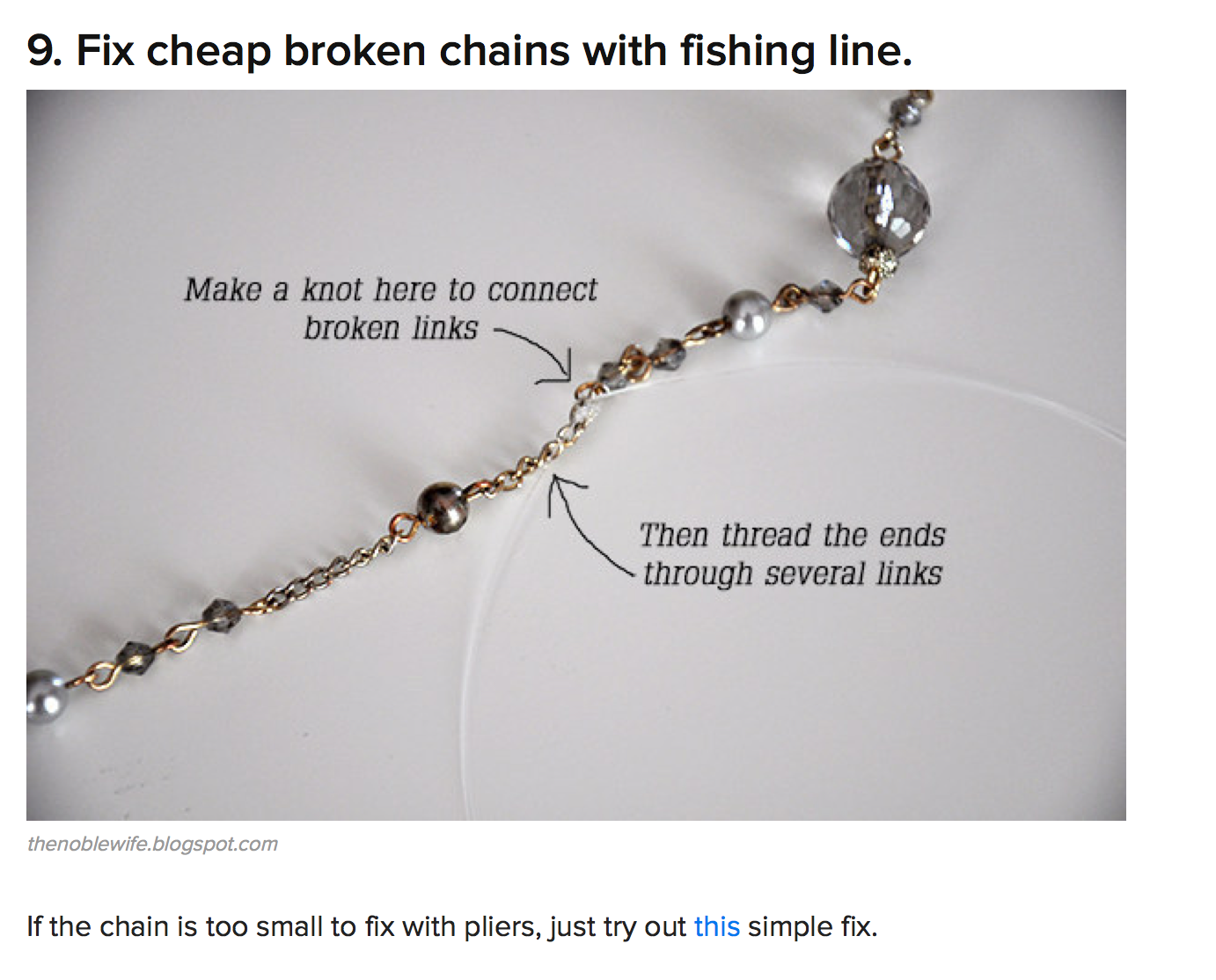Jewelry Tips – How to Prevent (Dreaded) Oxidation
It happens slowly. Over time. You may not even notice it at first. But soon that shiny piece of jewelry of yours becomes oxidized and dull-looking. It’s just nature running its course. Due to moisture and oxygen, residue gathers on your jewelry, taking away its original shine.
What to do???
You’ve heard that expression “a stitch in time saves nine”? Well here are some preventative steps you can take to make sure you don’t fall victim to the dreaded oxidized jewelry look.
Remove jewelry before swimming. Okay, this tip should be a given. But many people find themselves in situations that challenge this long-held rule of jewelry maintenance (like a late night hot tub). Chlorine can quickly and seriously discolor many types of jewelry. So take it off (the jewelry, that is).
Avoid taking your jewelry to the bathroom. Another sneaky little environment that contains moisture that can kick-start the oxidation process. Get in the habit of removing jewelry right before you enter the bathroom and placing it somewhere safely. Once the habit is ingrained, its easier to maintain.
Store your jewelry in closed containers. Enter the jewelry box. There are several practical and pretty reasons for a jewelry box. But one real reason a jewelry box protects your jewelry: it’s a dry, humidity-free space.
So there you go. If you want to keep all of your jewelry looking the best, these little steps go a long way!

Split Shank Halo Engagement Ring – A gorgeous split shank halo engagement ring, featuring a round brilliant stone halo’d with delicate pave. The split shank pave increases in size as the diamonds form a single shank.





